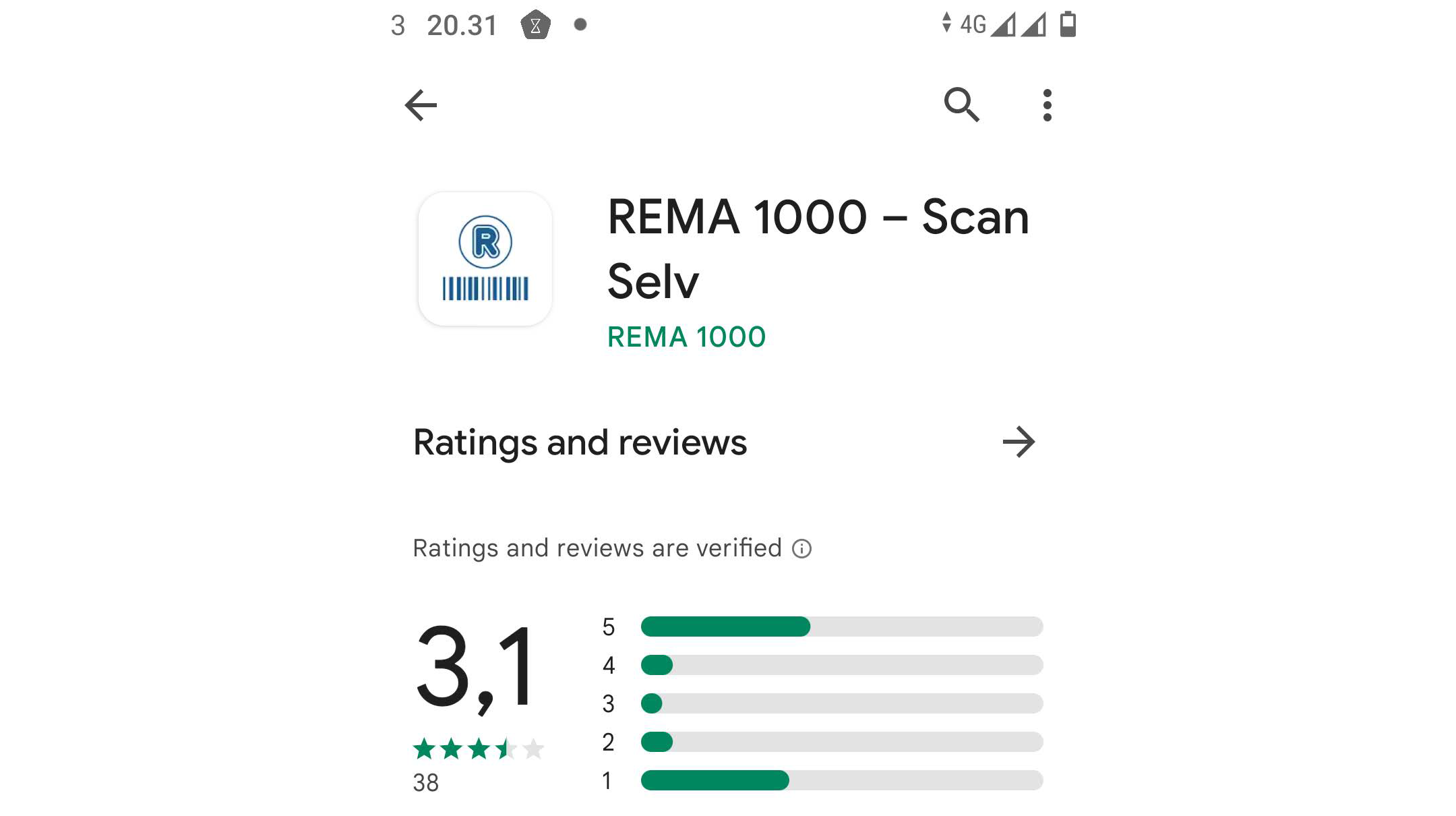There is a simple way to prevent many IT disasters, and it is sadly underused. It’s not on the standard lists of design patterns, but I call it the “Guard Rail” pattern.
It would have prevented the IT disaster that dominates the news cycle in Denmark these days. Techno-optimists have forced a new digital building valuation on the long-suffering Danes, and it is an unmitigated catastrophe. The point is to replace the professional appraisers who determine the value of a property for tax purposes with a computer system. And many of the results from the computer are way off. Implementing a Guard Rail pattern would mean that the output from the new system would be compared to the old one, and those valuations that are, for example, 3x higher would be stopped and manually processed.
A colleague just shared a video of the latest iteration of the Tesla Full Self Driving mode. This version seems to be fully based on Machine Learning. Previous versions used ML to detect objects and traditional algorithmic programming to determine how to drive. As always infatuated with his own cleverness, Elon Musk does not seem to think that guard rails are necessary. Never mind that the FSD Tesla would have run a red light had the driver not stopped it. Implementing the Guard Rail pattern would mean that a completely separate system gets to evaluate the output from the ML driver before it gets passed to the steering, accelerator, and brakes.
When I attach a computer to my (traditional) car to read the log, I can see many “unreasonable value from sensor” warnings. This indicates that traditional car manufacturers are implementing the Guard Rail pattern, doing a reasonableness check on inputs before it passes the values to the adaptive cruise control, lane assist, and other systems. But the Boeing 737 MAX8 flight control software was missing a crucial Guard Rail, allowing the computer to override the pilot and fly two aircraft into the ground.
In your IT organization, discuss where it makes sense to implement the Guard Rail pattern. Your experienced developers can probably remember several examples where Guard Rails would have saved you from embarrassing failures. There is no need to keep making these mistakes when there is an easy fix.










